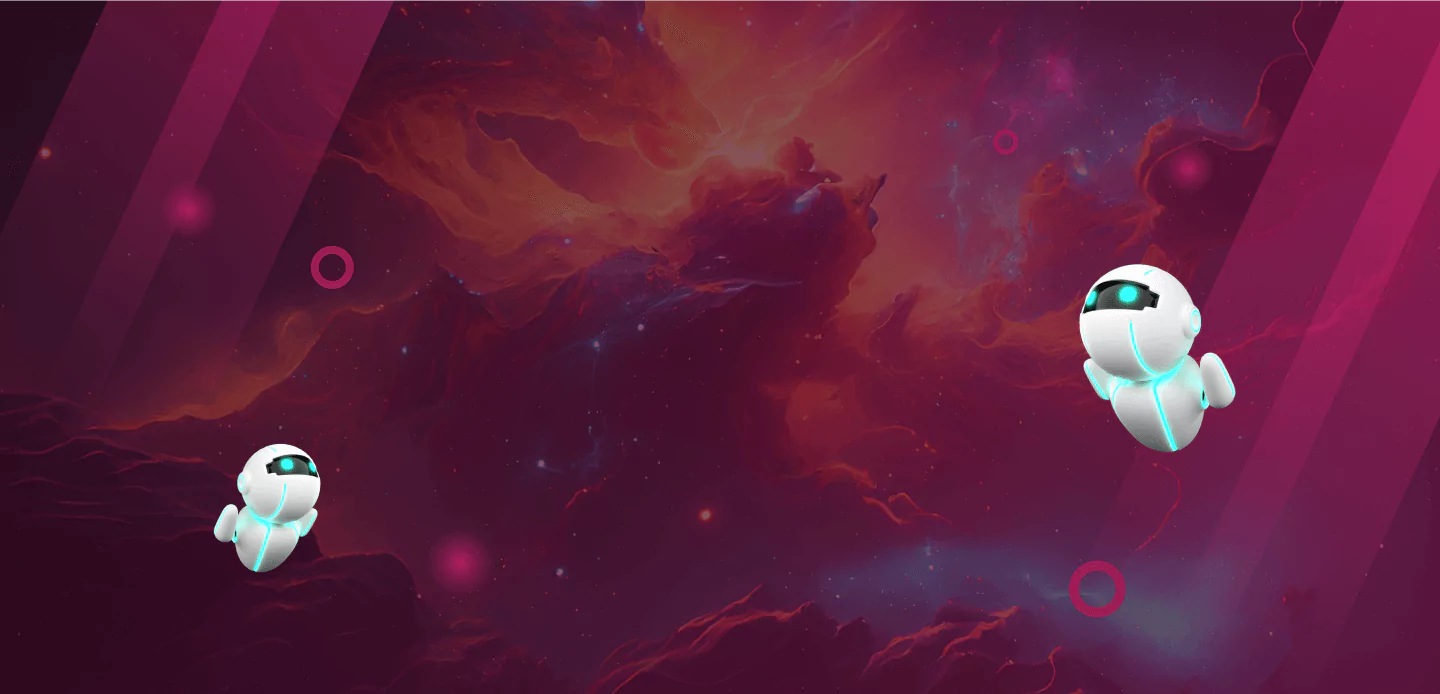Get In Touch
 India
Zapbuild Technologies Private Limited
India
Zapbuild Technologies Private Limited
E 237, First Floor, Phase VIII B Sector-74,
Industrial Area, Mohali-160071, Punjab
Phone: +(91) 93010-10197
 United States
Zapbuild Technologies (US) LLC
United States
Zapbuild Technologies (US) LLC
6470 East Johns Crossing, Suite 160
Johns Creek, GA 30097
 Singapore
Zapbuild Technologies (S) PTE LTD
Singapore
Zapbuild Technologies (S) PTE LTD
531A, Upper Cross Street, #04-95,
Hong Lim Complex, Singapore - 051531
Get In
Touch
Get In Touch
Your information is protected by our Privacy Policy and Terms of Use.
Our Offices
E 237, First Floor, Phase VIII B Sector-74,
Industrial Area, Mohali-160071, Punjab
Phone: +(91) 93010-10197
6470 East Johns Crossing, Suite 160
Johns Creek, GA 30097
531A, Upper Cross Street, #04-95,
Hong Lim Complex, Singapore - 051531
- Solutions For
- Solutions
- Services & Expertise
- Case Studies
- Insights
-
Get In Touch
Get In Touch
Our Offices
Zapbuild Technologies Private LimitedIndia
E 237, First Floor, Phase VIII B Sector-74,
Industrial Area, Mohali-160071, Punjab
Phone: +(91) 93010-10197Zapbuild Technologies (US) LLC United States
United States
6470 East Johns Crossing, Suite 160
Johns Creek, GA 30097
Zapbuild Technologies (S) PTE LTDSingapore
531A, Upper Cross Street, #04-95,
Hong Lim Complex, Singapore - 051531
- Learning Management System
- Command and Control Center
- Transportation Management
- Warehouse Management
- Fleet Management
- Supply Chain Management
- Document Contracts Management
- Load Board Platform
- Route Optimization
- Electronic Proof Of Delivery
- Freight Exchange Platforms
- Customer Relationship Management
- Data Analytics and Business Intelligence
- Logistics Aggregator
- Crowdshipping Marketplaces
- Reverse Logistics Marketplace

Oops!
The page you're looking for can't be found. We're sorry for the inconvenience caused to you.
Go Back To Home Page
Connect with Our Experts
Take the first step toward the digital transformation of your Transportation and Logistics business.
Get a Free Consultation with Zapbuild’s technology experts today.
Your information is protected by our Privacy Policy and Terms of Use.